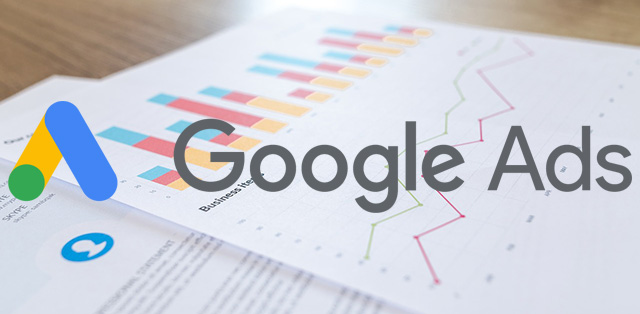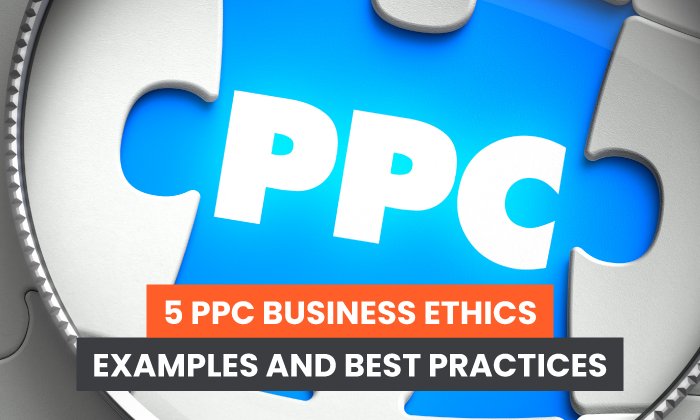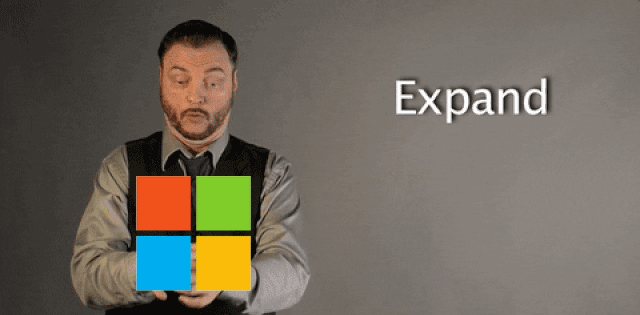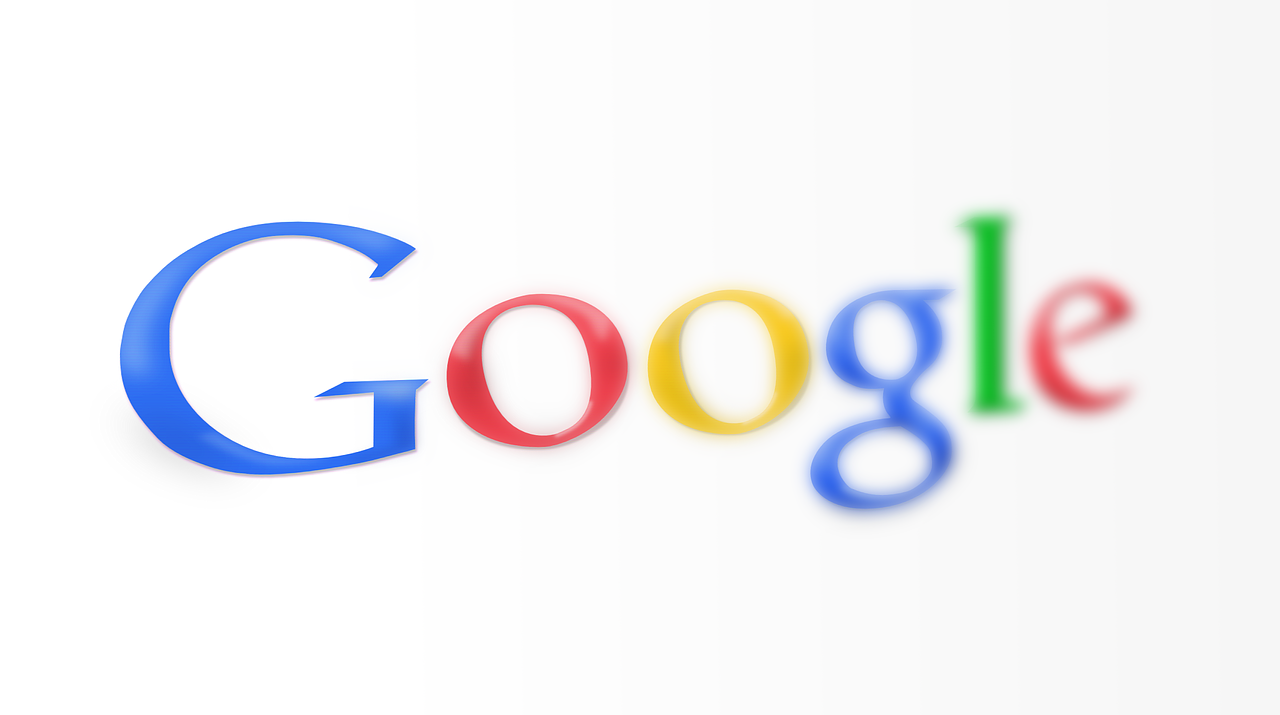MARKETING
December Updates to Paid Advertising Platforms
In this monthly post, we bring you the latest from all of the major platforms.
General
What: California Consumer Privacy Act (CCPA) goes live
Details: On January 1st, 2020 CCPA will go into effect representing a major milestone in data privacy legislation within the United States.
Impact: For brands that properly prepped for GDPR, there are likely minimal alterations to make. That said, every single business and advertiser should review the small print within CCPA to ensure 100% compliance. Although the bill goes into effect on January 1st, California AG will likely not begin formal CCPA enforcement actions until July 1st.
Google Ads
What: Google Ads is Ending Message Extensions
Details: On January 27, 2020, message extensions will be sunset
Impact: Existing Message Extensions will no longer serve and the ability to create new iterations will be removed. Data will be retrievable through the end of 2020. For those that found success with Message Extensions, consider replacement via Call Extensions and Lead Form Extensions.
What: Google Ads Extends Optimization Score to Display Campaigns
Details: Optimization Score is a Google designated grading of a specific campaign. Previously available only for Search, this feature will aid advertisers in prioritizing the most impactful options within their Display efforts.
Impact: While most advertisers already have an extensive quality assurance process, Google’s Optimization score provides a second set of automated eyes to catch those missed opportunities.
What: Google Ads Ends Support Via Social
Details: Staring January 1st, 2020 Google will end support via Facebook and Twitter.
Impact: Google has said the changes are intended to streamline the process. Advertisers needing support should navigate to the Contact Us section within Google Ads in addition to the Support Form.
Amazon Advertising
What: Amazon Introduces Simplified Registration for Vendor Advertising
Details: Amazon has changed the process in which agencies run ads on behalf of Amazon Vendors. Vendor codes are no longer needed; agencies simply need the approval of their client to register an advertising account.
Impact: Although a simple update, this streamlines the process for advertising via Amazon. Additionally, marketers see this as evidence that Amazon Advertising will continue to expand and evolve.
Quora Ads
What: Quora Ads introduces Lead Gen Forms
Details: Forms will allow advertisers to collect information from 12 distinct fields.
Impact: Lead Gen Forms have proven effective in other social media such as Facebook and LinkedIn. The introduction of Lead Gen Forms in Quora Ads should provide advertisers an effective means of increasing leads on a growing, high-intent platform.
Did we miss any major monthly updates? Not covering a certain platform close enough? Feel free to let me know on Twitter @Will_Larcom
Feature image from Misschrist1972









